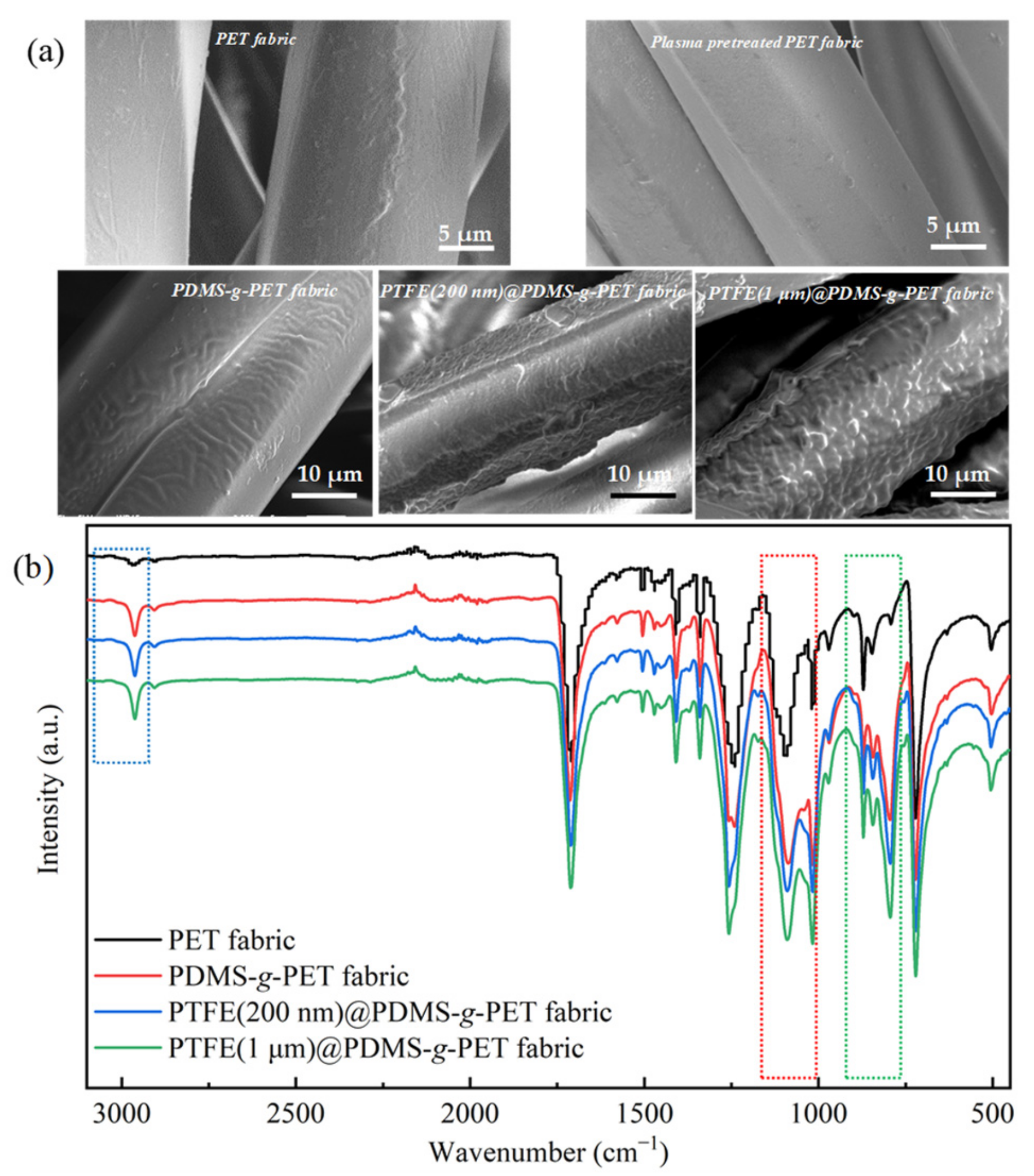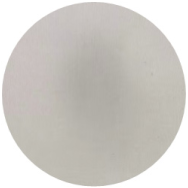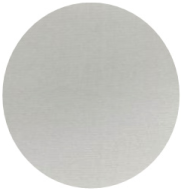Properties of Superhydrophobic and Acid–Alkali-Resistant Polyester Fabric Produced Using Plasma Processing
Abstract
:1. Introduction
2. Experimental Procedure
3. Results and Discussion
3.1. Surface Morphology and Chemical Composition
3.2. Water Repellency and Acid–Alkali Resistance
3.3. Mechanical Properties
3.4. Wearing Comfort
4. Conclusions
Author Contributions
Funding
Institutional Review Board Statement
Informed Consent Statement
Data Availability Statement
Acknowledgments
Conflicts of Interest
References
- Hu, D. Preparing weathering-resistant superhydrophobic polymer/bentonite nano-composites for waterproof garment textiles via electrospinning. J. Aust. Ceram. Soc. 2022, 58, 1509–1517. [Google Scholar] [CrossRef]
- Peng, S.; Meng, W.H.; Guo, J.X. Photocatalytically Stable Superhydrophobic and Translucent Coatings Generated from PDMS-Grafted-SiO2/TiO2@PDMS with Multiple Applications. Langmuir 2019, 35, 2760–2771. [Google Scholar] [CrossRef] [PubMed]
- Xia, Y.; Zhu, N.; Zhao, Y.; Zhu, J.; Chen, H.; Xu, L.; Yao, L. Construction of Durable Self-Cleaning PDMS Film on Polyester Fabric Surface. Materials 2023, 16, 52. [Google Scholar] [CrossRef]
- Lei, X.; Xie, A.; Yuan, X.; Hou, X.; Lu, J.; Liu, P.; Xiang, Z.; Chen, G.; Xing, T. Fabrication of Superhydrophobic and Light-Absorbing Polyester Fabric Based on Caffeic Acid. Polymers 2022, 14, 5536. [Google Scholar] [CrossRef] [PubMed]
- Hasanzadeh, M.; Far, H.S.; Haji, A.; Rosace, G. Surface Modification of Polyester/Viscose Fabric with Silica Hydrosol and Amino-Functionalized Polydimethylsiloxane for the Preparation of a Fluorine-Free Superhydrophobic and Breathable Textile. Coatings 2022, 12, 398. [Google Scholar] [CrossRef]
- Mohammadshahi, S.; Breveleri, J.; Ling, H. Fabrication and characterization of super-hydrophobic surfaces based on sandpapers and nano-particle coatings. Colloids Surf. A 2023, 666, 131358. [Google Scholar] [CrossRef]
- Pan, G.G.; Xiao, X.Y.; Ye, Z.H. Fabrication of stable superhydrophobic coating on fabric with mechanical durability, UV resistance and high oil-water separation efficiency. Surf. Coat. Technol. 2019, 360, 318–328. [Google Scholar] [CrossRef]
- Wu, Y.; Wu, X.; Yang, F.; Gan, J.; Jia, H. The preparation of cotton fabric with super-hydrophobicity and antibacterial properties by the modification of the stearic acid. J. Appl. Polym. Sci. 2021, 138, 50717. [Google Scholar] [CrossRef]
- Chen, X.; Wang, J.; Xie, A.; Wang, B.; Wu, J.; Chen, G.; Xing, T. Fabrication of Robust Superhydrophobic Polyester Fabrics with Photothermal Conversion and Oil-Water Separation Performance through Deposition of Natural Polyphenols. Langmuir 2023, 39, 15817–158127. [Google Scholar] [CrossRef]
- Pratiwi, N.; Zulhadjri; Arief, S.; Admi; Wellia, D.V. Self-cleaning material based on superhydrophobic coatings through an environmentally friendly sol–gel method. J. Sol-Gel Sci. Technol. 2020, 96, 669–678. [Google Scholar] [CrossRef]
- Wang, H.; Chen, E.; Jia, X.; Liang, L.; Wang, Q. Superhydrophobic coatings fabricated with polytetrafluoroethylene and SiO2 nanoparticles by spraying process on carbon steel surfaces. Appl. Surf. Sci. 2015, 349, 724–732. [Google Scholar] [CrossRef]
- Wang, S.; Wang, Y.; Zou, Y.; Wu, Y.; Chen, G.; Ouyang, J.; Jia, D.; Zhou, Y. A self-adjusting PTFE/TiO2 hydrophobic double-layer coating for corrosion resistance and electrical insulation. Chem. Eng. J. 2020, 402, 126116. [Google Scholar] [CrossRef]
- Yeerken, T.; Wang, G.; Li, H.; Liu, H.; Yu, W. Chemical stable, superhydrophobic and self-cleaning fabrics prepared by two-step coating of a polytetrafluoroethylene membrane and silica nanoparticles. Text. Res. J. 2019, 89, 4827–4841. [Google Scholar] [CrossRef]
- Ma, L.; Wang, J.; Zhao, F.; Wu, D.; Huang, Y.; Zhang, D.; Zhang, Z.; Fu, W.; Li, X.; Fan, Y. Plasmon-mediated photothermaland superhydrophobic TiN-PTFE film for anti-icing/deicing applications. Compos. Sci. Technol. 2019, 181, 107696. [Google Scholar] [CrossRef]
- Huang, J.; Yang, M.; Zhang, H.; Zhu, J. Solvent-Free Fabrication of Robust Superhydrophobic Powder Coatings. ACS Appl. Mater. Interfaces 2021, 13, 1323–1332. [Google Scholar] [CrossRef]
- Zhu, Y.P.; Guo, C.; Zheng, Y.; Qiao, S.-Z. Surface and Interface Engineering of Noble-Metal-Free Electrocatalysts for Efficient Energy Conversion Processes. Acc. Chem. Res. 2017, 50, 915–923. [Google Scholar] [CrossRef]
- De Geyter, N.; Morent, R.; Leys, C. Influence of ambient conditions on the ageingbehaviour of plasma-treated PET surfaces. Nucl. Instrum. Methods Phys. Res. B 2008, 266, 12–13. [Google Scholar] [CrossRef]
- Xu, L.; Zhang, Y.; Guo, Y.; Zhang, R.; Shi, J.; Shen, Y.; Yu, J. The Effect of Hydroxyl on the Superhydrophobicity of Dodecyl Methacrylate (LMA) Coated Fabrics through Simple Dipping-Plasma Crosslinked Method. Coatings 2020, 10, 1263. [Google Scholar] [CrossRef]
- Xu, L.; Yang, L.; Yang, S.; Xu, Z.; Lin, G.; Shi, J.; Zhang, R.; Yu, J.; Ge, D.; Guo, Y. Earthworm-Inspired Ultra-Durable Superhydrophobic Fabrics from Adaptive Wrinkled Skin. ACS Appl. Mater. Interfaces 2021, 13, 6758–6766. [Google Scholar] [CrossRef]
- Phuong, N.T.; Funda, A.; Nam, N.; Tuduri, L.; Ouellet-Plamondon, C.M.; Prud’homme, R.E. Robust superhydrophobic cotton fibers prepared by simple dip- coating approach using chemical and plasma-etching pretreatments. Acs Omega 2019, 4, 7829–7837. [Google Scholar] [CrossRef]
- Tian, X.T.V.; Ras, R. Moving superhydrophobic surfaces toward realworld applications. Science 2016, 352, 142–143. [Google Scholar] [CrossRef] [PubMed]
- Zheng, Y.; Lai, D.; Yang, L. Construction of h-bn based coating towards the flame retardancy of cotton fabrics: Based on the guidance of mesoscopic simulation. In MATEC Web of Conferences; EDP Sciences: Les Ulis, France, 2019; Volume 303, p. 06001. [Google Scholar] [CrossRef]
- Li, Q.; Zhang, S.; Mahmood, K.; Jin, Y.; Huang, C.; Huang, Z.; Zhang, S.; Ming, W. Fabrication of multifunctional PET fabrics with flame retardant, antibacterial and super-hydrophobic properties. Prog. Org. Coat. 2021, 157, 106296. [Google Scholar] [CrossRef]
- Li, J.; Muto, F.; Miura, T.; Oshima, A.; Washio, M.; Ikeda, S.; Iida, M.; Tabata, Y.; Matsuura, C.; Katsumura, Y. Improving the properties of the proton exchange membranes by introducing α-methylstyrene in the pre-irradiation induced graft polymerization. Eur. Polym. J. 2006, 42, 1222–1228. [Google Scholar] [CrossRef]
- Chen, S.; Liu, F.; Cui, R.; Zhu, B.; You, X. Removal of tetracycline hydrochloride using S–g-C3N4/PTFE membrane under visible light irradiation. Water Cycle 2022, 3, 8–17. [Google Scholar] [CrossRef]
- Wang, X.; Lu, Y.; Zhang, Q.; Wang, K.; Carmalt, C.J.; Parkin, I.P.; Zhang, Z.; Zhang, X. Durable fire retardant, superhydrophobic, abrasive resistant and air/UV stable coatings. J. Colloid Interface Sci. 2012, 582, 301–311. [Google Scholar] [CrossRef]
- Khalil, A.E.G.M.; Berghot, M.A.; Gouda, M.A. Synthesis and antibacterial activity of some new 3-hydroxy-2-naphthoic acid hydra-zide derivatives for dyeing polyester fabrics. J. Saudi Chem. Soc. 2016, 20, 165–172. [Google Scholar] [CrossRef]
- Huang, G.; Liang, Y.; Wang, J.; Zeng, X.; Li, Z.; Zhang, X. Effect of asymmetric wettability on directional transport of water through Janus fabrics pre-pared by an electrospinning technique. Mater. Lett. 2019, 246, 76–79. [Google Scholar] [CrossRef]


| Project | PET Fabric | PDMS-g-PET Fabric | PTFE(200 nm)@ PDMS-g-PET Fabric | PTFE(1 μm)@ PDMS-g-PET Fabric |
|---|---|---|---|---|
| WCA | 121° | 150° | 152° | 153° |
| Spray Test |  |  |  |  |
| Waterproofing Level | Level 2 | Level 5 | Level 5 | Level 5 |
| Tensile Breaking Strength (N) | Tensile Elongation at Break (%) | Bursting Strength (N) | |
|---|---|---|---|
| PET fabric | 507.1 | 48.4 | 1180 |
| PET-g-PDMS fabric | 514.8 | 49.4 | 1119.5 |
| PTFE(200 nm)@PDMS-g-PET fabric | 526.4 | 44.7 | 1208.7 |
| PTFE(1 μm)@PDMS-g-PET fabric | 460.0 | 43.3 | 1137.3 |
| Air Penetrability (mm/s) | Moisture Permeability (g/(m2·h) | |
|---|---|---|
| PET fabric | 1027.21 | 48.41 |
| PET-g-PDMS fabric | 1162.94 | 46.37 |
| PTFE(200 nm)@PDMS-g-PET fabric | 1151.64 | 42.71 |
| PTFE(1 μm)@PDMS-g-PET fabric | 1060.18 | 43.33 |
Disclaimer/Publisher’s Note: The statements, opinions and data contained in all publications are solely those of the individual author(s) and contributor(s) and not of MDPI and/or the editor(s). MDPI and/or the editor(s) disclaim responsibility for any injury to people or property resulting from any ideas, methods, instructions or products referred to in the content. |
© 2023 by the authors. Licensee MDPI, Basel, Switzerland. This article is an open access article distributed under the terms and conditions of the Creative Commons Attribution (CC BY) license (https://creativecommons.org/licenses/by/4.0/).
Share and Cite
Zhao, B.; Xu, L.; Lin, P.; Zhang, H.; He, X.; Ji, T.; Zhang, Y. Properties of Superhydrophobic and Acid–Alkali-Resistant Polyester Fabric Produced Using Plasma Processing. Coatings 2023, 13, 2007. https://doi.org/10.3390/coatings13122007
Zhao B, Xu L, Lin P, Zhang H, He X, Ji T, Zhang Y. Properties of Superhydrophobic and Acid–Alkali-Resistant Polyester Fabric Produced Using Plasma Processing. Coatings. 2023; 13(12):2007. https://doi.org/10.3390/coatings13122007
Chicago/Turabian StyleZhao, Bing, Liyun Xu, Panpan Lin, Hua Zhang, Xiangyu He, Tao Ji, and Yu Zhang. 2023. "Properties of Superhydrophobic and Acid–Alkali-Resistant Polyester Fabric Produced Using Plasma Processing" Coatings 13, no. 12: 2007. https://doi.org/10.3390/coatings13122007
APA StyleZhao, B., Xu, L., Lin, P., Zhang, H., He, X., Ji, T., & Zhang, Y. (2023). Properties of Superhydrophobic and Acid–Alkali-Resistant Polyester Fabric Produced Using Plasma Processing. Coatings, 13(12), 2007. https://doi.org/10.3390/coatings13122007





